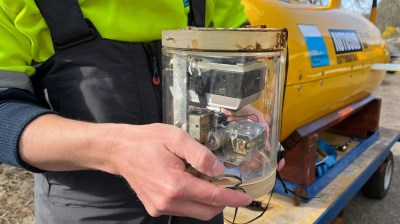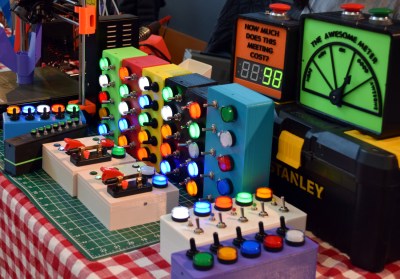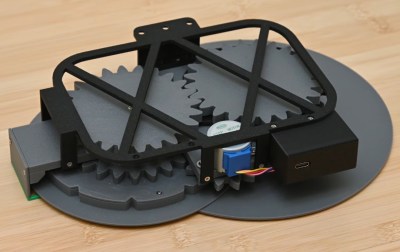When a Loch Ness Monster story appears at the start of April, it pays to check the date on the article just to avoid red faces. But there should be no hoax with this one published on the last day of March, scientists from the UK’s National Oceanography Centre were conducting underwater robotics tests in Scotland’s Loch Ness, and stumbled upon a camera trap lost by Nessie-hunters in the 1970s. Just to put the cherry on the cake of a perfect news story, the submarine in question is the famous “Boaty McBoatface”, so named as a consolation after the British Antarctic Survey refused to apply the name to their new ship when it won an online competition.
The Most Extreme Instamatic in The World

The camera trap has survived five decades underwater thanks to a sturdy glass housing, and appears to be quite an ingenious device. A humble Kodak Instamatic camera with a 126 film and a flash bulb is triggered and has its film advanced by a clockwork mechanism, in turn operated by a bait line. Presumably because of the four flash bulbs in the Kodak’s flash cube, it’s reported that it could capture four images. The constant low temperature at the bottom of a very deep loch provided the perfect place to store exposed film, and they have even been able to recover some pictures. Sadly none of then contain a snap of Nessie posing for the camera.
Continue reading “The Everlasting Hunt For The Loch Ness Monster”



















